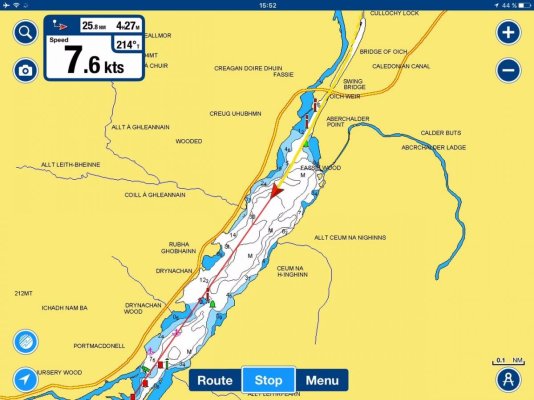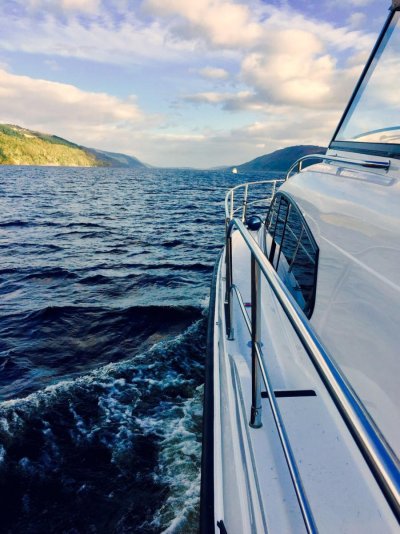For those who are using an iPhone 6 and newer, an iPad Air 2 or iPad Pro (all models) and newer, perhaps you were aware or not that there was a built-in pressure sensor into your device (working with at least IOS 10.1).
It seems that the barometric pressure sensor installed on Apple devices is the Bosch Sensortec BMP280 which is an improved version of Bosch Sensortec BMP180 used on Samsung devices and similar Android devices.
http://www.hkmjd.com/Attachments/product/201401/52e1fb718c181.pdf
With a right app, that transforms your iPhone in an actual barometer that gives readings for barometric pressure, also altitude / height (based on the QNH of the nearest airfield), and relative elevation changes, without the need of GPS assistance just in case. I leave it to the discretion of the private and professional pilots members of TF to explain the differences between elevation, altitude, height, flight level, also the difference between geometric and pressure altitude, I will just simply say that Altitude refers to the height of an object above a given point, Elevation refers to the height of a place above the mean sea level.
On the basis of my own barometric observations at the sea and in-flight on a Cessna 172 - ForeFlight Mobile can show Apple device's pressure altitude in the Instrument Panel -, this pressure sensor is sensitive, information of air pressure is accurate.
But, to avoid possible negative reactions, let it be clear that I was not stating that Apple device's pressure sensor can be an excellent and safe alternative to in-flight instruments especially geometric height from GPS, I just provided information about Apple device's function.
There are quite a few barometer apps available through iTunes then with the right app and if it's calibrated correctly to get an accurate reading, you can have a general sense of what’s going to happen by whether a barometer rises or falls. My favorite app is one which shows a graph with history, I consider the speed of pressure fall as a major indication at sea, in my opinion.
As well, you can download a free app called Weather Signal to report your iPhone pressure to a national data base, That would build a central and convenient virtual consultative large network on the future, still in my opinion.
The future of weather forecasting may very well be the computer in your pocket.
It seems that the barometric pressure sensor installed on Apple devices is the Bosch Sensortec BMP280 which is an improved version of Bosch Sensortec BMP180 used on Samsung devices and similar Android devices.
http://www.hkmjd.com/Attachments/product/201401/52e1fb718c181.pdf
With a right app, that transforms your iPhone in an actual barometer that gives readings for barometric pressure, also altitude / height (based on the QNH of the nearest airfield), and relative elevation changes, without the need of GPS assistance just in case. I leave it to the discretion of the private and professional pilots members of TF to explain the differences between elevation, altitude, height, flight level, also the difference between geometric and pressure altitude, I will just simply say that Altitude refers to the height of an object above a given point, Elevation refers to the height of a place above the mean sea level.
On the basis of my own barometric observations at the sea and in-flight on a Cessna 172 - ForeFlight Mobile can show Apple device's pressure altitude in the Instrument Panel -, this pressure sensor is sensitive, information of air pressure is accurate.
But, to avoid possible negative reactions, let it be clear that I was not stating that Apple device's pressure sensor can be an excellent and safe alternative to in-flight instruments especially geometric height from GPS, I just provided information about Apple device's function.
There are quite a few barometer apps available through iTunes then with the right app and if it's calibrated correctly to get an accurate reading, you can have a general sense of what’s going to happen by whether a barometer rises or falls. My favorite app is one which shows a graph with history, I consider the speed of pressure fall as a major indication at sea, in my opinion.
As well, you can download a free app called Weather Signal to report your iPhone pressure to a national data base, That would build a central and convenient virtual consultative large network on the future, still in my opinion.
The future of weather forecasting may very well be the computer in your pocket.
Last edited:







